Amazing.
Brain-computer interface could also give people ‘enhanced abilities’.


Posthuman Buddhism isn’t restricted to human-era schools or traditions, These (previously unpublished) tsakli are from all Vajrapani schools. Unlike Eastern cultures, in the West we do not require a “Guru” and tsakli can be used for “self-initiation”. Unlike religions that make truth claims for supernatural beings or impossible events, Buddhism sees any deities (peaceful or wrathful) as self-originating. The future surely lies with psychomorphological approaches that are amenable to — and not contradictory — to science.
This new book, 4 in the series, contains fourteen rare and unusual C17th or C18th “Grande Tsaklis”, another four late C18th examples reportedly originating from Tsurphu monastry, plus two extremely large tsakli (giants in tsakli terms) one depicting a wind horse whilst the other shows a figure in historically early clothes with butterlamp, male and female deer and an elephant, C16th to C18th. All fronts and reverse (texts) of tsakli are shown.
These 13 plus (1 from different series of the grandes tsakli) detail rituals to be performed at certain times of the year that promote longevity and ward off evil influences. Astrological and various motifs and ritual implements are shown in the compartments, and crucial text is in the triangles. Some have damage (below missing top part of red border). All 20 are rare.
The four Tsurphu monastery originating long or grand tsakli are also compartmentalized but of a different style, and are perhaps 100 years younger, late C18th, imo. They have intricate feathered text patterns on reverse (see below). These text (eagle) wings of the Garuda bird-headed deity reflect paintings of Garudu whhich feature in top sections of all fronts. These four grand tsakli are quite dark in normal light (one with slight burn mark on reverse) and so I have digitally enhanced the brightness (mostly I don’t much digitally enhance the tsakli images).
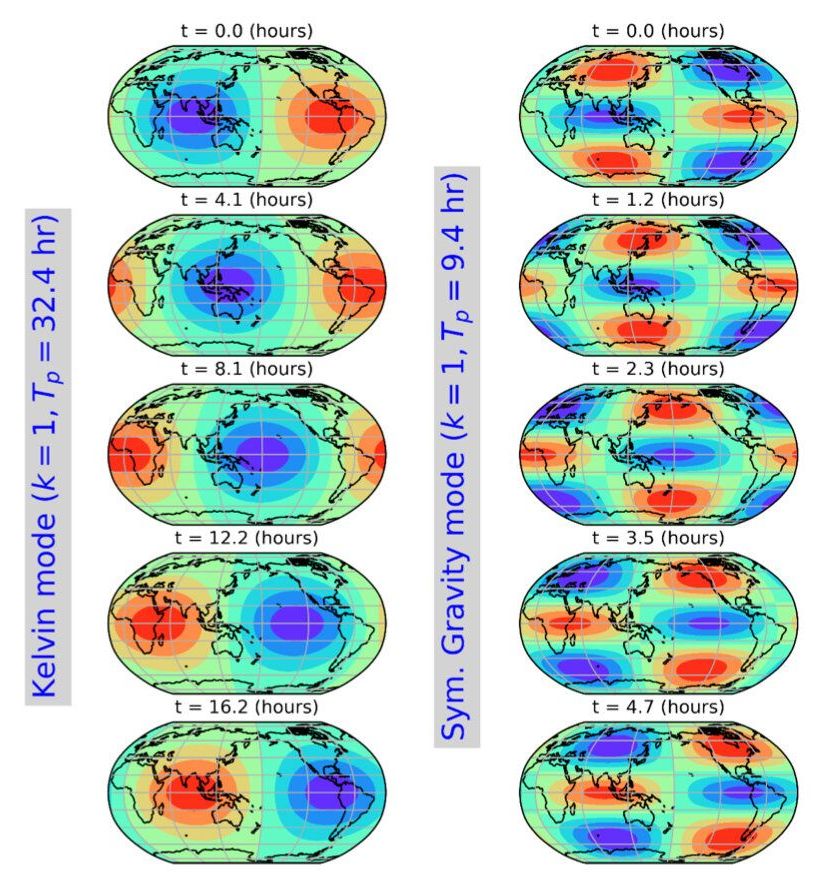
A ringing bell vibrates simultaneously at a low-pitched fundamental tone and at many higher-pitched overtones, producing a pleasant musical sound. A recent study, just published in the Journal of the Atmospheric Sciences by scientists at Kyoto University and the University of Hawai’i at Mānoa, shows that the Earth’s entire atmosphere vibrates in an analogous manner, in a striking confirmation of theories developed by physicists over the last two centuries.
In the case of the atmosphere, the “music” comes not as a sound we could hear, but in the form of large-scale waves of atmospheric pressure spanning the globe and traveling around the equator, some moving east-to-west and others west-to-east. Each of these waves is a resonant vibration of the global atmosphere, analogous to one of the resonant pitches of a bell. The basic understanding of these atmospheric resonances began with seminal insights at the beginning of the 19th century by one of history’s greatest scientists, the French physicist and mathematician Pierre-Simon Laplace. Research by physicists over the subsequent two centuries refined the theory and led to detailed predictions of the wave frequencies that should be present in the atmosphere. However, the actual detection of such waves in the real world has lagged behind the theory.
Now in a new study by Takatoshi Sakazaki, an assistant professor at the Kyoto University Graduate School of Science, and Kevin Hamilton, an Emeritus Professor in the Department of Atmospheric Sciences and the International Pacific Research Center at the University of Hawai?i at Mānoa, the authors present a detailed analysis of observed atmospheric pressure over the globe every hour for 38 years. The results clearly revealed the presence of dozens of the predicted wave modes.

Tesla is working on a compact car that will be manufactured in China and distributed worldwide. The battery technologies required for a compact car will be unveiled at Tesla Battery Day that will enable Tesla to make a small car for less than $25,000, possibly close to $20,000 or less. The battery cost is the main factor to drive down the cost of an electric vehicle. The compact car is coming soon after Tesla Battery Day technologies are revealed. The new batteries will allow Tesla to shrink the battery pack’s size while offering enough range for everyday driving. Elon Musk’s speech at the launch event in China suggests the car will be quite unique, just like the Cybertruck.
WATCH NEXT: https://youtu.be/3ni0T6yxJ_U
Concept photos: Dejan Hristov
——————-
► Support us on Patreon
https://www.patreon.com/evsource
► Check out EV Source Apparel & Merchandise
https://bit.ly/3805nYP
► Great Tesla Accessories
Get 10% off using code: EVSource
https://bit.ly/3ezPSJp
——————-
All music in this video is from Epidemic Sound.
Try them out with this free 30-day trial: https://bit.ly/2TOgbDx
——————-
► Join EV Source Discord:
https://discord.gg/MqUqaCx
——————-
CAMERA GEAR I USE:
US Links:
⭐Camera 1: https://amzn.to/2XIWbDd
⭐Camera 2: https://amzn.to/2TR8fB4
⭐Lens 1: https://amzn.to/2TOQwuo
⭐Lens 2: https://amzn.to/2XDTRxk
⭐Wireless Microphone: https://amzn.to/2TTP61s
⭐Tripod: https://amzn.to/2BfKRXM
⭐Key Light: https://amzn.to/2XL2TZh
⭐Mini Light: https://amzn.to/3cfD9tt
⭐Mini RGB Light: https://amzn.to/2ZPhGEZ

In today’s video I want to show you symbiosis of bicycle and walking robotic creature Strandbeest!
If you like this video don’t forget to sucscribe smile
Production Music courtesy of Epidemic Sound www.epidemicsound.com
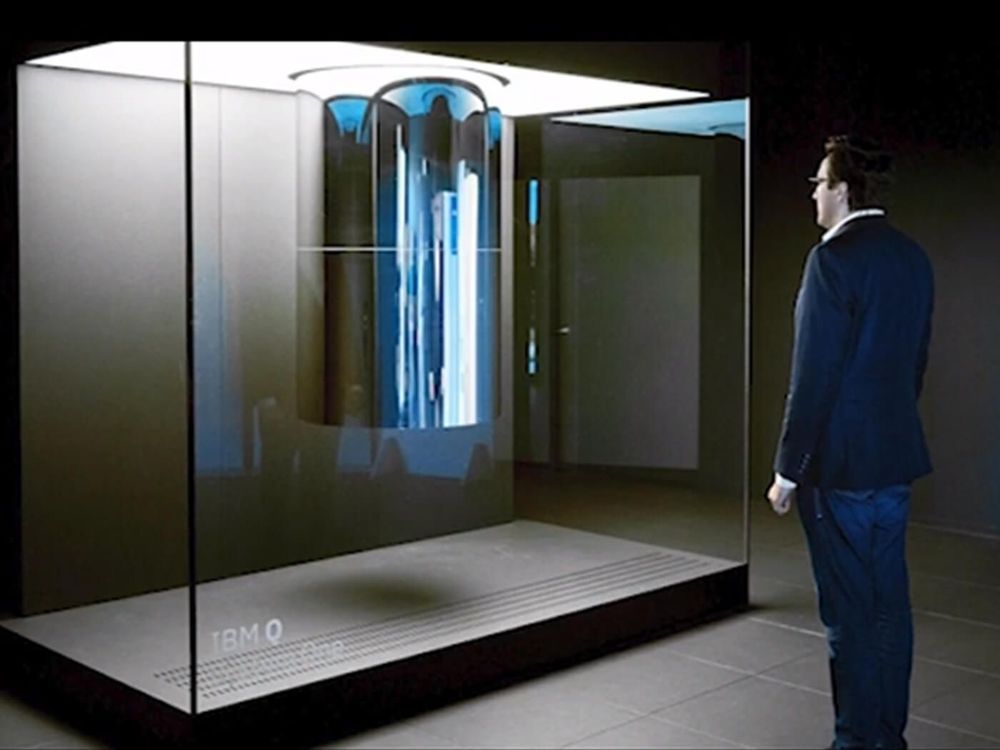
Dr Alexis Kirke of the University of Plymouth has demonstrated the use of teleportation in music jamming.

This is a really cool message. Please spread it around.
Welcome to #WebbyWednesday!
Music video by Chris Webby performing Our Planet (feat. Bria Lee). Footage edited by Emery Kash & Mike Squires. Produced by JP On Da Track & Nox Beatz. © 2019 EightyHD
Available now: https://foundation-media.ffm.to/ourplanet
Donate to The Rainforest Trust: https://www.rainforesttrust.org/savetherainforest/
Donate to Big Life Foundation: https://biglife.org/
Subscribe for more exclusive Chris Webby footage: http://bit.ly/ChrisWebbyYTSub
Chris Webby Official Site: https://ChrisWebby.com
Chris Webby on Twitter: https://twitter.com/ChrisWebby
Chris Webby on Facebook: https://www.facebook.com/ChrisWebby/
Chris Webby on Instagram: https://www.instagram.com/ChrisWebby/
Chris Webby on SoundCloud: https://soundcloud.com/ChrisWebby
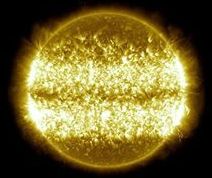
Click on photo to start video.
In its 10 years observing the Sun, our Solar Dynamics Observatory satellite has gathered over 425 million high-resolution images of our star.
This 10-year time lapse showcases photos taken at a wavelength of 17.1 nanometers, which is an extreme ultraviolet wavelength that shows the Sun’s outermost atmospheric layer — the corona. Compiling one photo every hour, the movie condenses a decade of the Sun into 61 minutes. The video shows the rise and fall in activity that occurs as part of the Sun’s 11-year solar cycle and notable events, like transiting planets and eruptions. The custom music, titled “Solar Observer,” was composed by musician Lars Leonhard.
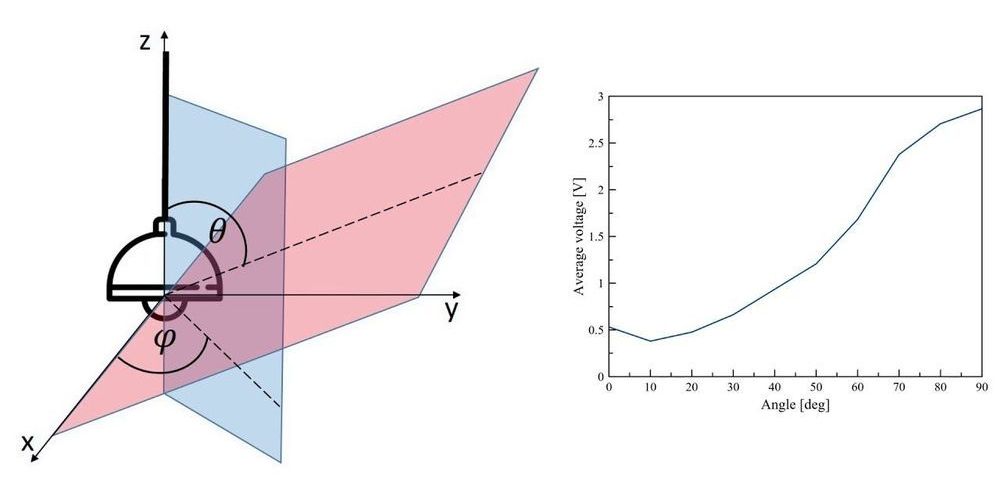
In an era of digital eavesdropping where hackers employ a variety of means to take over built-in video cameras, peruse personal digital data and snoop on cellular conversations, researchers have finally seen the light.
Literally.
Israeli researchers report that they successfully tapped into speech and music inside an apartment simply by focusing on a light bulb.
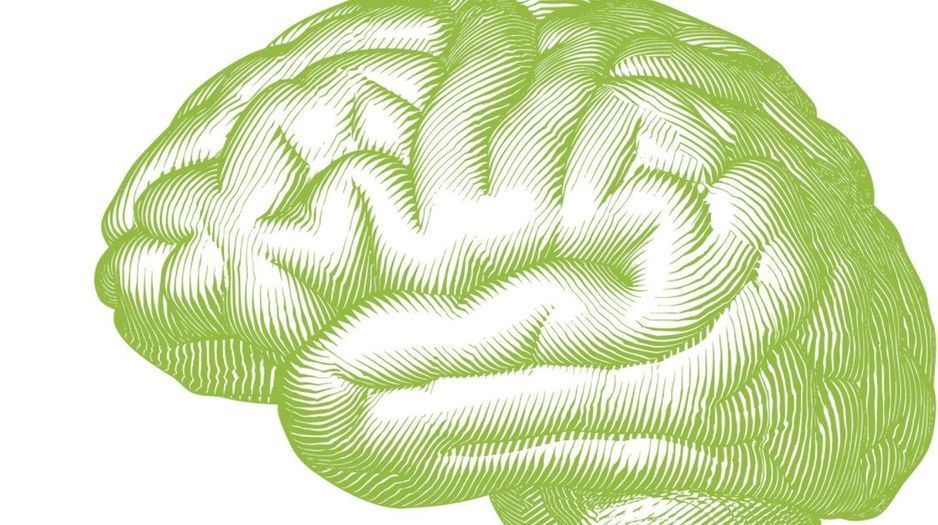
In other words, practicing the arts can be used to build capacity for managing one’s mental and emotional well-being.
Neuroesthetics — With recent advances in biological, cognitive, and neurological science, there are new forms of evidence on the arts and the brain. For example, researchers have used biofeedback to study the effects of visual art on neural circuits and neuroendocrine markers to find biological evidence that visual art promotes health, wellness, and fosters adaptive responses to stress.